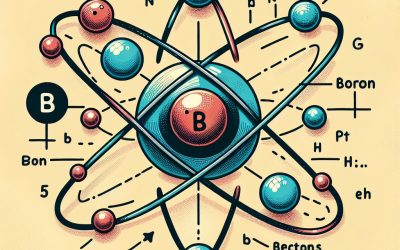🌍 Introduction to General Knowledge
Exploring the World, One Fact at a Time
General Knowledge is the broad understanding of facts, ideas, and concepts from a wide range of subjects—from science and history to geography, culture, politics, and current events. It’s not just about memorising trivia; it’s about building a well-rounded awareness of the world and how it works.
At its heart, general knowledge helps answer questions like:
-
What’s happening in the world right now?
-
Where are different countries located, and what are they known for?
-
Who are some of the most influential people in history?
-
How do basic scientific or social concepts apply to everyday life?
Unlike subjects that focus deeply on one area, general knowledge connects ideas across disciplines. It helps us make sense of the news, take part in conversations, make informed decisions, and understand different cultures and perspectives.
From knowing world capitals and famous inventions to understanding climate change or human rights, general knowledge broadens our worldview. It encourages curiosity, sparks learning, and helps us stay informed in a fast-changing world.
Studying general knowledge improves critical thinking, communication, and cultural awareness—skills that are useful in school, work, and daily life.
Boron – Metalloid
Boron is a relatively rare metalloid both on earth and in the rest Universe. It is produced from cosmic rays and extracted from Borate minerals. Basic Information Discovery of Boron Sources of Boron Uses of Boron Boron In The Diet Use in the Nuclear Industry Use In Glass Boron’s Cell Structure Absorption Lines Emission Lines Classification: Metalloid Atomic Mass: 10.811 (7) g/mol Density: 2.34g/cm3 Colour: black Boiling Point: 4200K (3927°C) Melting Point: 2349K (2076°C) Discovery of Boron Boron (5B) compounds were used by ancient civilizations for thousands of years but the element itself wasn’t isolated until 1828. English Chemist Sir Humphrey Davy (whose assistant was Michael Faraday) originally used electrolysis to create 5B from a borates solution and named the substance boracium. Later he used boric acid combined with potassium to produce a purer form of 5B. This method was used by French chemists Joseph-Louis Gay-Lussac and Louis-Jaques Thénard Sources Commercially 5B is obtained by heating borax (Na2B4O7 10H2O) with carbon. Uses Boron can be taken as a dietary supplement and found naturally in various foods. Some evidence has shown that boron in your diet can help reduce bone loss, reduce the symptoms of osteoarthritis, improve cognative ability and cordination in older people and increase testosterone levels. There is not yet enough evidence to prove conclusively that this is the case. 5B is found naturally in fruits (such as raisins, avacado, prunes, apricots) beans and nuts (particularly brazil, hazil and cashew) or taken in supplements though anymore than 20mg a day is considered...
